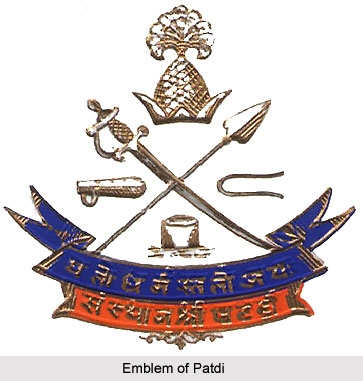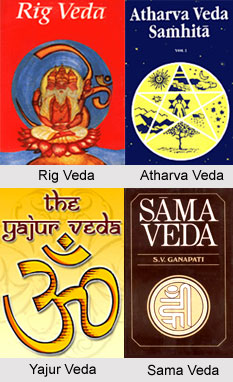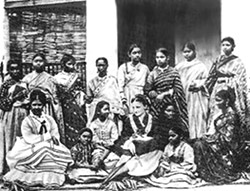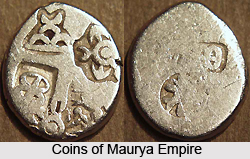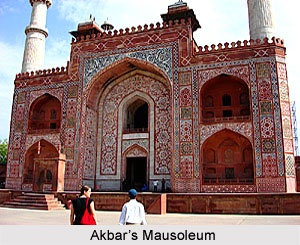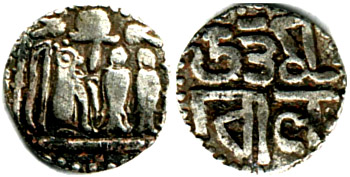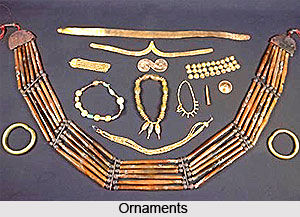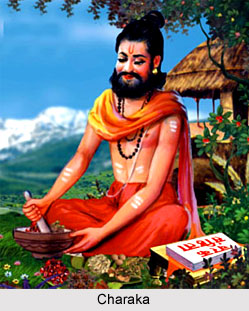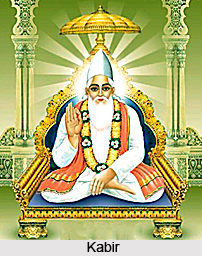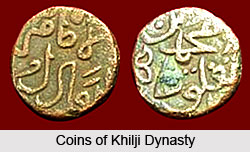Marava War of Succession is actually used to demote to the war of succession between Bhavani Shankar, the illegitimate son of Raghunatha Kilavan and Tanda Teva, the heir designated by the deceased king, Vijayaraghunatha Sethupathi, for the throne of Ramnad kingdom, also known as the "Kingdom of the Marava". The war of succession and the ensuing civil war lasted from the year 1720 to 1729 and resulted in the partitioning of the Ramnad kingdom reducing its power and influence.
Prelude to Marava War of Succession
The founder of the Kingdom of Ramnad, Raghunatha Kilavan, died in the year 1710. He was a great soldier and with his death, it left behind a huge void. Kilavan, prior to his death, had first nominated his illegitimate son, Bhavani Shankar and later, as a result of remonstrations from people, chose Vijayaraghunatha Sethupathi, his younger son, to succeed him. Bhavani Shankar abided by the king`s decision but an anxious calmness prevailed throughout Ramnad.
Events of Marava War of Succession
In the year 1720, Bhavani Shankar eventually revolted and with the assistance of Thanjavur Maratha king Serfoji I and the Raja of Pudukkottai, invaded Vijayaraghunatha Sethupathi`s seat at Aranthangi. Vijayaraghunatha Sethupathi, while defeating the city, fell victim to the disease and died. He just before his death nominated Tanda Deva, a great-grandson of Raghunatha Kilavan`s father to succeed him but before he could accede to the throne, Bhavani Shankar overthrew him with the support and influence of one of Kilavan`s concubines.
Tanda Deva received full support from Madurai Nayak king and the Raja of Pudukkottai who had come over to the other sides and also invaded Aranthani, thus forcing Bhavani Shankar to flee to Thanjavur. But, Bhavani Shankar, as a result also won over the Thanjavur Maratha ruler thus promising him Aranthangi in return and defeated the combined armies of Ramnad, Madurai and Pudukkottai within two or three months. Tanda Deva was eventually captured and killed.
Bhavani Shankar, for the second time, ascended the throne, but did not continue for long as his tenure was highly disliked and most of his trusted and close generals left him. Meanwhile, Bhavani Shankar had earned the ire of the Thanjavur Maratha ruler Tukkoji as he had failed to keep up his promise of delivering Aranthangi to the Thanjavur Marathas. Therefore, the discontented elements in the kingdom approached the Tukkoji and sought his help in overthrowing Bhavani Shankar. Tukkoji invaded Ramnad. Bhavani Shankar was defeated in 1729 in the Battle of Uraiyur and taken prisoner to Thanjavur.
Aftermath of Marava War of Succession
The triumphant forces of Thanjavur Maratha partitioned the Kingdom of Ramnad. It was divided into three parts, with all the territories to the north of Pambar River annexed to the Thanjavur Maratha kingdom. The remaining kingdom was more or less equally divided between Kattaya Deva, a nobleman in the Ramnad court and the maternal uncle of Tanda Deva, who ascended the throne of Ramnad as Kumara Muthu Vijayaraghunatha Sethupathi and one of the Ramnad feudatories who became the first Raja of Sivaganga. The Ramnad kingdom, due to this war, lost most of its command and control.



